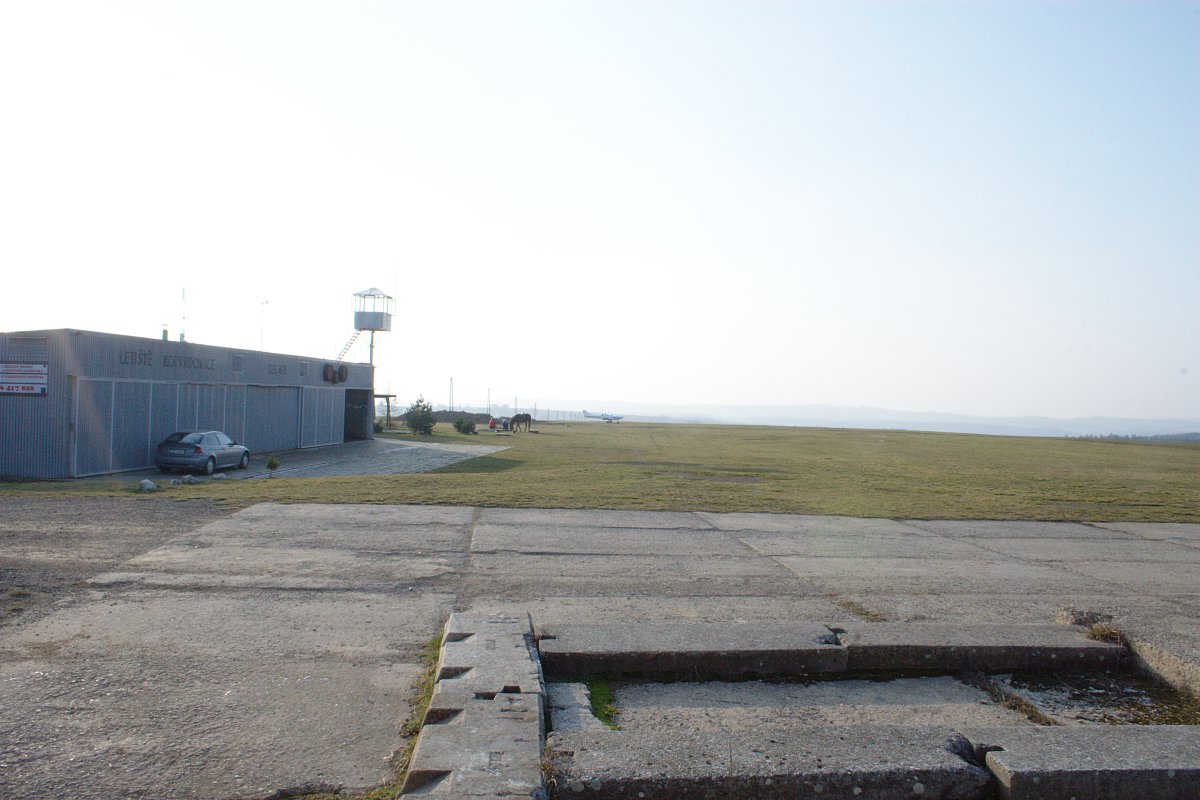All the spectra has been acquired on evening 2008-03-13 by SGS spectrograph in a low-dispersion configuration and mounted on Celestron 14" with ST-8 XME camera as a detector. All images has been processed by the same way as previous ones. The wavelength calibration is only preliminary.
A first object to acquire was the Moon. It is bright and easy to point. Moreover, the spectrum of the Moon is practically identical to the Sun's spectrum. The resultant spectrum shows a great peak of a continuum radiation modulated by some absorptions lines. The great peak practically visualise the spectral sensitivity of our CCD camera. There are only strong lines due to a non-perfect focusing.

As second object, we acquired Sirius. Sirius is a hot star with spectral classification A0. The spectrum shows practically only strong hydrogen lines of the Balmer's series.
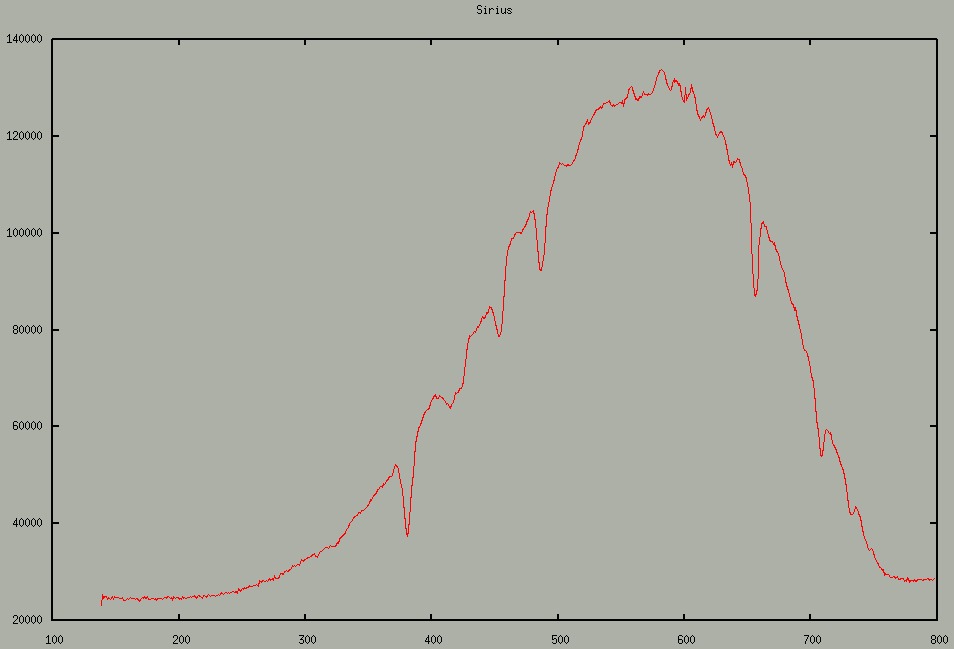
A little bit fainter star was Procyon of a spectral class F5. The hydrogen lines are suppressed and only marginal features are visible. I selected this spectrum as an illustration of an image of a spectrum on the CCD chip.
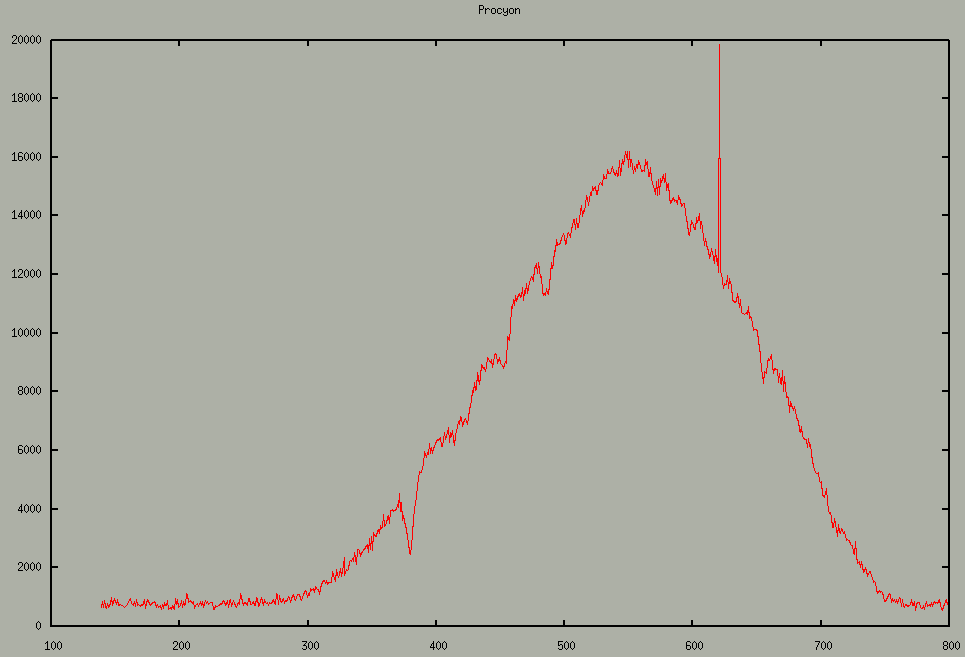
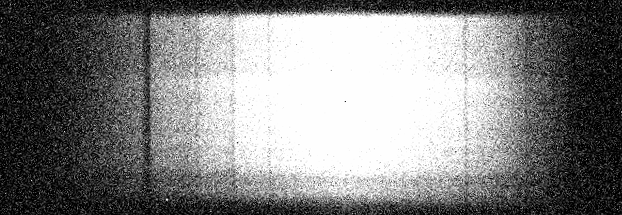
A high pressure sodium streetlamp has been tried as a possible calibration source. The spectrum is quite different due to a non-thermal mechanism of lighting. Unfortunately, the spectrum is included in all other specters as emission lines. The sky's spectrum is also practically identical. Note, that spectra by a Ch. Buil shows some differences.
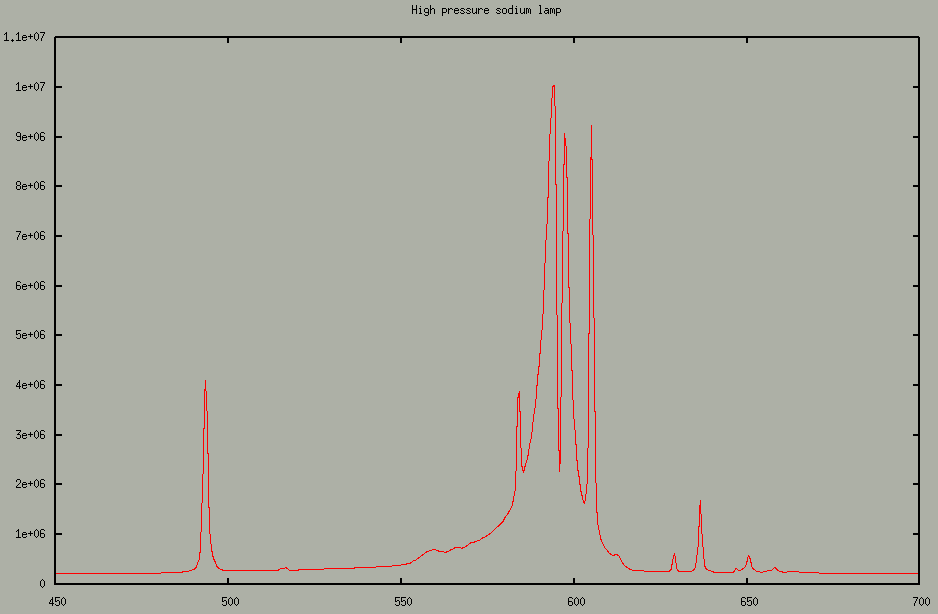
Thx to my students Maceška, Kočka and Peťoš for a great help. Especially, Maceška bravery controlled of our notebook when she had a broken leg.
Update: Raw images of spectra are available on Petoš's blog.

